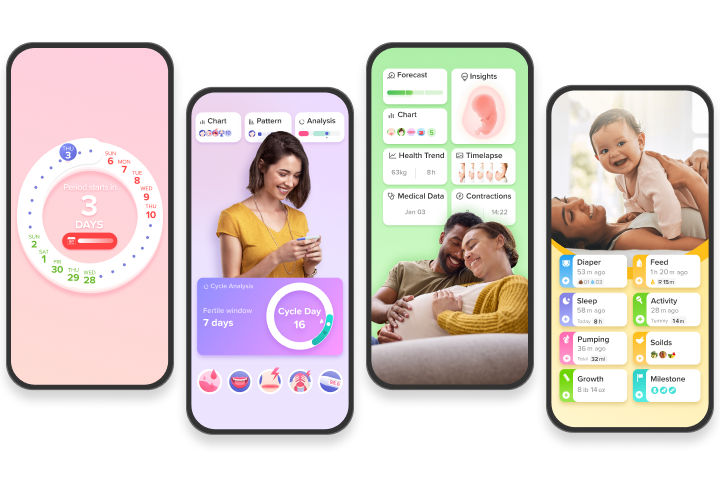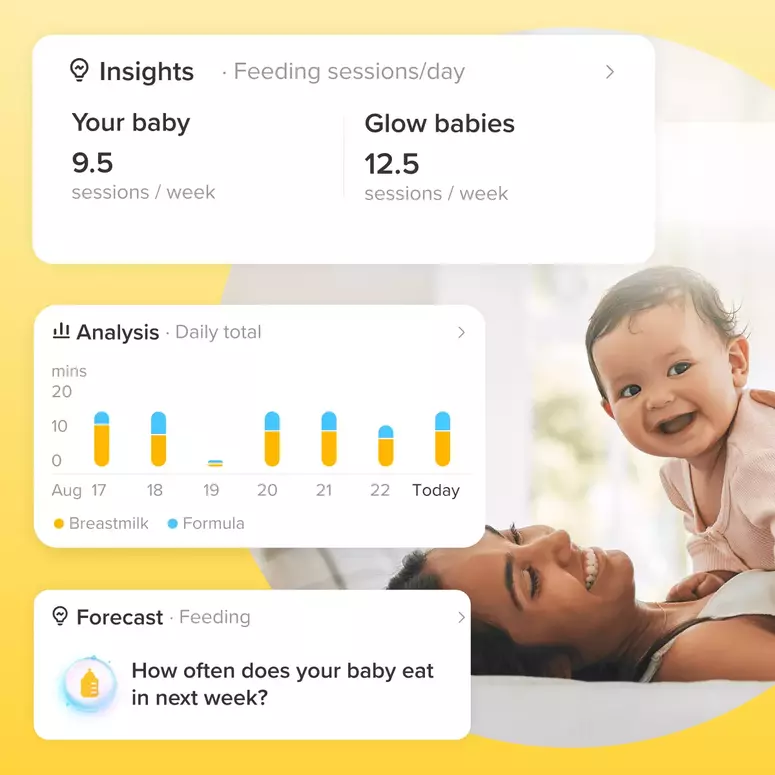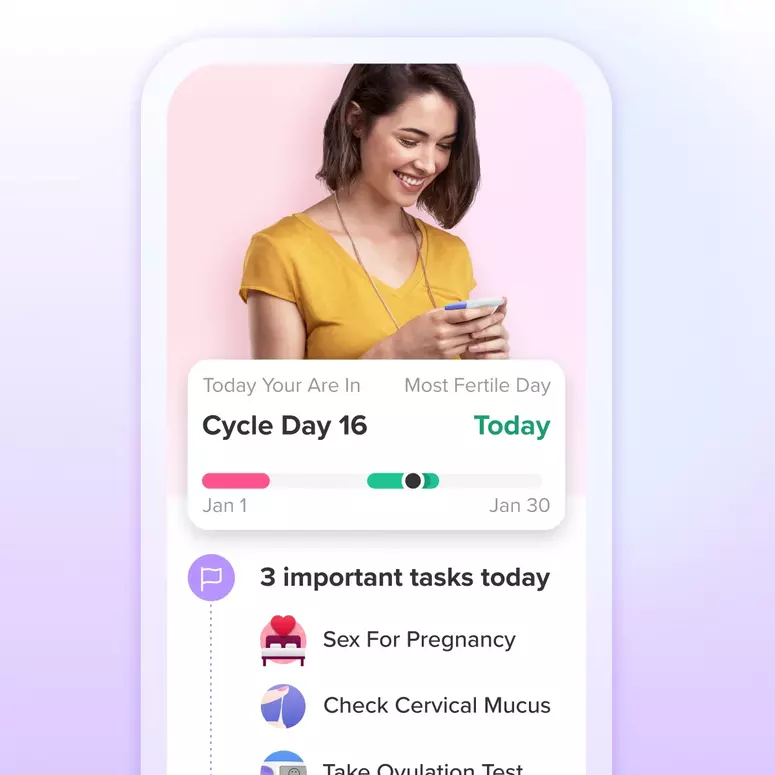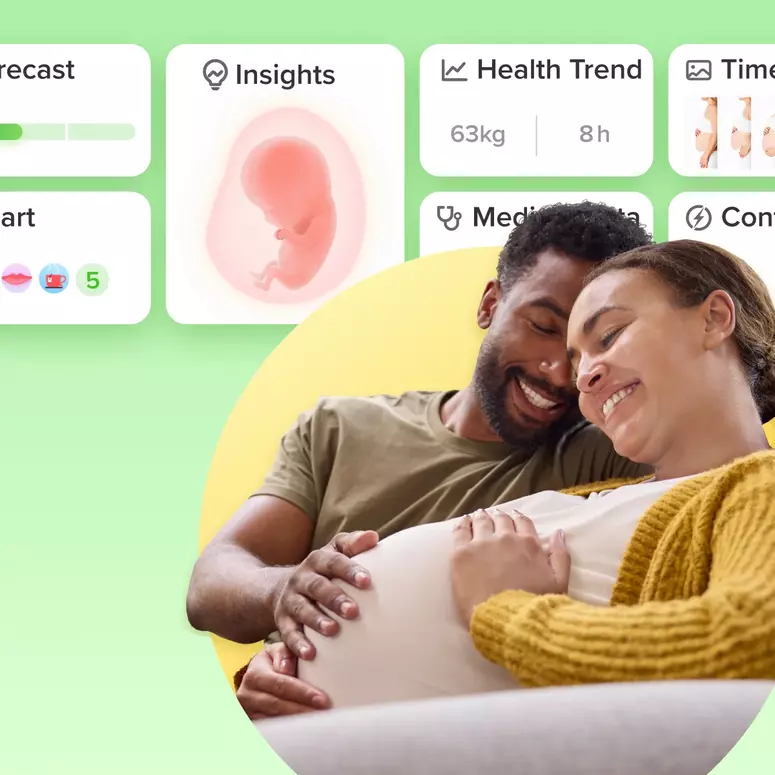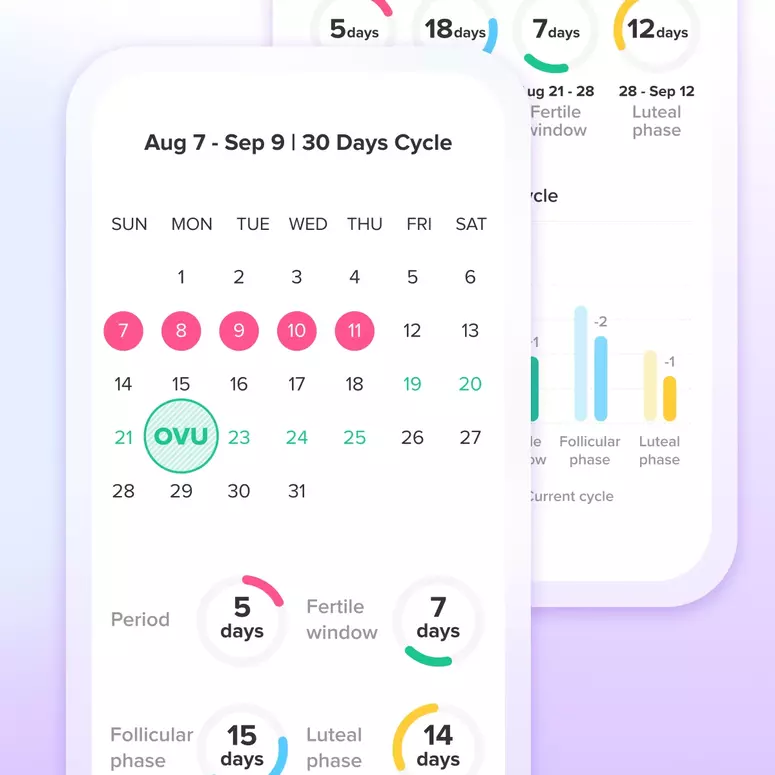Tracking your other fertile symptoms
Now that we’ve gone over everything you need to know about the basics of bbt tracking, we want to address what to do in the situation that charting bbt doesn’t work for you. It’s unfortunate but bbt charting isn’t always a good fit for every woman. There are lots of reasons behind this - some women work at night; some drink or take certain medications; some have conditions like PCOS, and the list goes on.
Luckily though, you have other options.
Take OPKs
Ovulation Predictor Kits (OPKs) can detect a surge in the production of luteinizing hormone (LH), which occurs roughly 36 hours before ovulation. By timing intercourse shortly after the LH surge, you can increase your odds of bringing sperm and egg together at the time when conception is most likely to occur. Glow recommends the First Response™ ovulation test Kit because it maximizes your chances by accurately predicting your most important fertile days. It is over 99% accurate when detecting the LH Surge, according to laboratory research.
Track your cervical mucus
Many women find the cervical mucus check to be the best way to predict ovulation. As ovulation approaches, your vaginal and cervical mucus should increase in quantity, and the consistency should become slippery and clear (like clear egg-whites). This type of clear, slippery CM helps sperm move faster and survive longer within the female’s body, giving the best chances for fertilization of the egg.
You can check your CM by looking at the toilet paper after you wipe or by inserting a clean finger into your vagina and reaching toward your cervix (which is deeper inside). You're likely to find more CM if you check after a bowel movement. Some women check after they shower every day. It’s helpful if you check at roughly the same time each day so that Glow can get consistent measurements.
Monitor your cervix
Your cervix is towards the back of your vagina. You can check it by sticking a clean finger into your vagina while in a squatting position or lying on your back. One foot on the toilet also works well. Some women prefer to check in the shower, where everything is nice and clean and lubricated by the water. No matter where you are, it should be a position in which you are comfortable – as you have to use the same position each time to get consistent measurements.
The position and texture of your cervix will change during your cycle. And ultimately, it is this change that gives you clues about your fertility.
During menstrual bleeding, the cervix is normally low and hard and slightly open to allow the blood to flow out. It feels like the tip of your nose. After your period stops, the cervix remains low and firm but closes up.
As you approach ovulation, the cervix rises up to the top of the vagina and becomes softer and moister. At the height of ovulation, the cervix feels more like your lips than your nose and it is ever so slightly open to allow sperm to enter in. There is a name for this position. It is called SHOW (Soft, High, Open and Wet). This is what you are looking for because this is your most optimal time to get pregnant.
Once ovulation occurs, the cervix drops lower and becomes more firm - once again feeling like the tip of your nose. This can happen immediately after ovulation or may take several hours to several days, and then the cycle repeats - unless you become pregnant. In that case, as early as 12 days after ovulation, the cervix can rise up and become soft again, but it will not feel open like it did in the SHOW position.
Track ovulation symptoms
Ovulation pain, acne, sore breasts and many other symptoms, both emotional and physical, can all provide clues about your ovulation, too. Glow is incredibly effective at piecing these together to give you a complete picture of your cycle.
Achieve your health goals from period to parenting.
